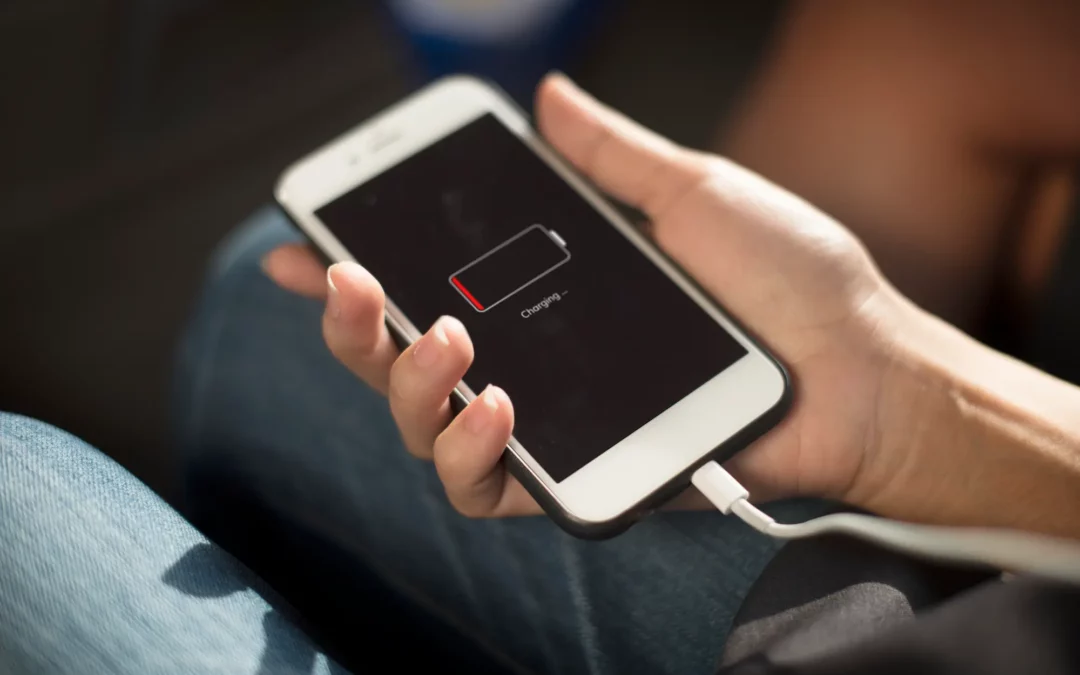In an age where smartphones have become indispensable companions in our daily lives, it is not uncommon to encounter problems of overheating when charging these devices. Not only can this affect the performance of our precious smartphones, it can also compromise their long-term durability. In this article, we take a deep dive into the mechanisms behind smartphone overheating during charging, identify the underlying causes and propose practical solutions to resolve this problem effectively and sustainably.
Causes of smartphones overheating during charging
Overheating of smartphones during charging can be attributed to a number of factors, each of which has an impact on the temperature of the device and its ability to dissipate heat effectively.
1. Use of inappropriate chargers
The use of poor quality or uncertified third-party chargers can cause the device to overheat. These chargers may provide excessive charging power or fail to regulate voltage correctly, which may lead to heat build-up in the smartphone.
2. Damaged battery
A faulty or end-of-life battery can also contribute to overheating during charging. Damaged batteries may have a reduced charging capacity or defective cells that generate heat when they are stressed.
3. Intensive use during charging
Intensive use of the smartphone while charging, such as streaming video or playing games, can increase the temperature of the device. The internal components of the smartphone are put under greater stress, resulting in additional heat generation.
4. Hot environments
Charging your smartphone in a hot environment, such as a car in summer, can also contribute to the device overheating. Ambient heat can exacerbate the problem by preventing the smartphone from effectively dissipating the heat generated during charging.
Solutions to overheating problems
Now that we’ve identified the potential causes of smartphones overheating during charging, let’s take a look at practical solutions to solve this problem and ensure safe and efficient charging of your device.
1. Use a certified charger
Always opt for chargers certified by the manufacturer of your smartphone. These chargers are designed to work safely with your device and provide the appropriate charging power without the risk of overheating.
2. Avoid intensive use while charging
Try to limit use of your smartphone while charging to reduce heat generation. Avoid power-hungry activities such as video streaming or gaming, which can increase the temperature of the device.
3. Charge in a cool place
Choose a cool, well-ventilated place to charge your smartphone to reduce the ambient temperature during charging. Avoid placing your smartphone near heat sources such as radiators or electronic devices that give off heat.
4. Remove the protective case
If your smartphone is fitted with a thick protective case, remove it during charging to allow better dissipation of heat. Thick cases can trap heat and prevent the smartphone from cooling properly during charging.
5. Avoid fast charging
Fast charging may seem tempting when you’re in a hurry, but it can have harmful consequences for the health of your battery. In fact, this process sends out a large amount of energy in a short space of time, which can cause your phone to overheat. To avoid this risk, we recommend that you opt for a slower, more stable charge with a standard charger.
Not only will this reduce the heat generated during charging, it will also preserve the life of your battery in the long term. Fast chargers can accelerate the degradation of the battery, resulting in a faster loss of autonomy. By choosing a gentler charging method, you can ensure the safety and longevity of your battery, which is essential if your smartphone is to function at its best.
6.Update the software
Make sure your smartphone has the latest software updates, as these may include fixes to optimise heat management during charging.Manufacturers often release updates to improve the performance and security of their devices, including temperature management during charging.
7.Consult a professional
If the problem persists despite these solutions, we recommend that you consult a smartphone repair professional.A qualified technician will be able to diagnose the underlying problem and provide a solution tailored to your device. This may involve replacing the battery, repairing internal components or taking other corrective measures to resolve the overheating problem.
In conclusion, smartphone overheating while charging can be a frustrating obstacle in our daily use of these essential devices. However, by adopting safe charging practices, such as using certified chargers, limiting intensive use while charging and choosing an appropriate charging environment, we can effectively prevent this problem.In addition, by keeping an eye out for software updates and consulting trusted professionals when necessary, we can guarantee a safe and optimal charging experience for our smartphones, ensuring that

